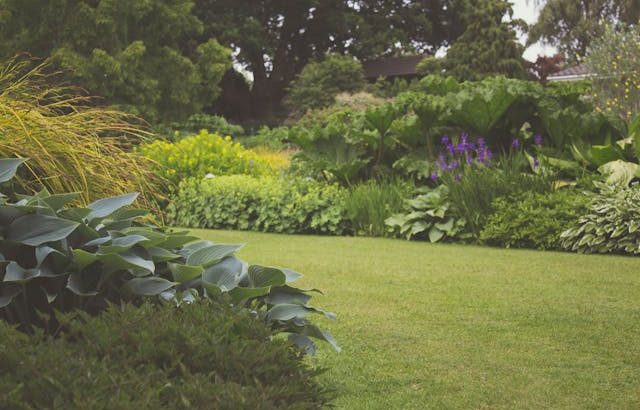Enjoying the outdoors is one of life’s simple pleasures, and there’s no better way to make the most of your garden than by combining comfortable garden furniture with an Ooni pizza oven. Whether you have a sprawling lawn, a compact patio, or a stylish balcony, creating a welcoming outdoor space is easier than ever. With the right furniture and the magic of a homemade pizza, you can turn any evening into a memorable event. Let’s explore how the right choices in garden furniture and the addition of an Ooni pizza oven can transform your outdoor living experience.
Creating Comfort: Choosing the Best Garden Furniture
Garden furniture forms the foundation of any outdoor area. The right setup provides comfort, style, and versatility, ensuring you can relax, dine, and entertain with ease. When choosing furniture for your garden, consider how you plan to use the space. Do you dream of long summer lunches, lazy afternoons with a good book, or lively gatherings with friends and family?
Seating is key—options range from plush cushioned sofas and classic wooden benches to sleek metal chairs and versatile bistro sets. If you love to host, a spacious dining table with ample chairs is essential. For a more relaxed vibe, consider low-slung lounge sets or even hammocks and swing seats.
Materials are also important. Weather in Ireland and the UK can be unpredictable, so look for garden furniture made from durable, weather-resistant materials like teak, powder-coated steel, or high-quality synthetic rattan. Removable, washable cushions and covers help keep your space looking fresh year-round.
The Heart of Outdoor Cooking: The Ooni Pizza Oven
No garden gathering is complete without great food, and the Ooni pizza oven is a game-changer for outdoor cooking. Compact and stylish, Ooni pizza ovens reach blistering temperatures in minutes, producing restaurant-quality, wood-fired pizza right in your own back garden.
One of the biggest advantages of the Ooni pizza oven is its versatility. While it’s perfect for pizza, you can also use it to bake bread, roast vegetables, or even sear steaks. Models range from portable wood-fired ovens to gas-powered versions, allowing you to choose what works best for your space and cooking style. The speed and ease of use mean you can go from prepping your toppings to pulling a bubbling, crisp pizza from the oven in as little as 60 seconds.
Cooking with an Ooni is an experience in itself. The theatre of stretching dough, adding toppings, and sliding pizzas in and out of the blazing hot oven turns dinner into entertainment, making it a highlight for family and friends.
Setting the Scene: Bringing Garden Furniture and Ooni Together
The beauty of combining stylish garden furniture with an Ooni pizza oven is that it encourages a laid-back, sociable atmosphere. Set up your dining table nearby so guests can gather around and watch the pizzas being made, or arrange comfortable lounge seating for a more casual vibe. String up some fairy lights or lanterns to add warmth and charm as the sun goes down.
Accessorise with practical additions like side tables for drinks, outdoor rugs for a splash of colour, and storage boxes for cushions and blankets. If space allows, add a fire pit or patio heater for those cooler evenings, ensuring your outdoor gatherings can last late into the night.
Conclusion: Elevate Everyday Moments Outdoors
Investing in quality garden furniture and adding an Ooni pizza oven to your outdoor space is about more than just aesthetics—it’s about making memories. With the right setting and delicious homemade food, your garden becomes a hub for celebration, relaxation, and connection. Whether it’s a lively pizza party or a quiet dinner for two, you’ll find that the best moments often happen right outside your door.








